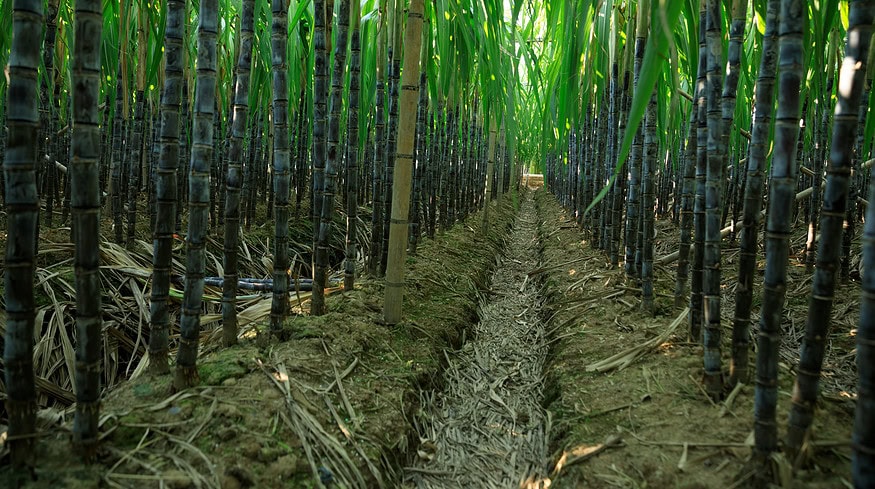China’s sugar industry has potential for greenhouse gas reduction and economic growth

China ranks as the fourth largest producer of sugarcane and sugar beets globally, with significant cultivation areas dedicated to these crops. Despite this, comprehensive research into greenhouse gas emissions and the economic impact of sugar crop production in China has been lacking. Recent studies using data from 1980 to 2018 have now shed light on the trends and potential improvements in this sector.
The study revealed that while the yield of sugarcane and sugar beets has notably increased over the decades, so has the carbon footprint associated with their production. The increase in greenhouse gas emissions has been linked primarily to the use of nitrogen fertilizer and labor inputs, which also indirectly increase other agricultural inputs such as diesel, pesticides, and electricity.
Economically, the income from sugarcane and sugar beets has risen annually, yet the net income hasn’t seen a corresponding uptick due to rising costs, leading to a declining income-to-cost ratio. However, by shifting to an optimized cropping system that reduces labor and nitrogen input and enhances machinery use, it’s projected that greenhouse gas emissions and the total annual cost of production could decrease by up to 32% for sugarcane and 24% for sugar beets by 2030.
Achieving these goals will require a multi-faceted approach: consolidating small farms to improve efficiency, enhancing agricultural mechanization, boosting soil health and fertility through targeted research, and developing high-yield crop varieties. Additionally, adopting best management practices is crucial for the sustainable advancement of China’s sugar industry. This integrated strategy not only aims to reduce the environmental impact but also to bolster the economic viability of sugar crop farming in China.
Enjoyed this story?
Every Monday, our subscribers get their hands on a digest of the most trending agriculture news. You can join them too!












Discussion0 comments